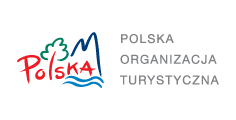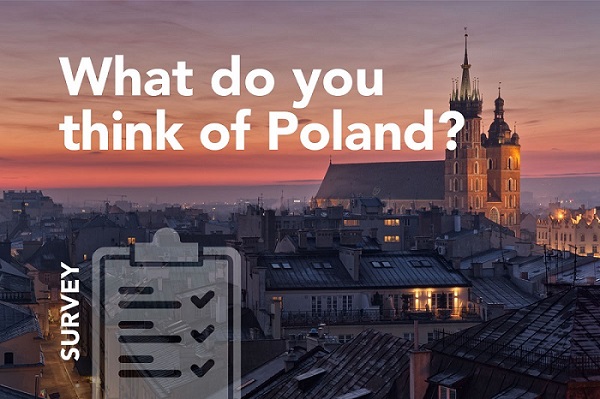Krasnobrod
Krasnobrod is an administrative part of the county of Zamosc and of the province of Lublin. The city is located in south-eastern Poland amid the picturesque hills of the Lublin and Roztocze Uplands and in the valley of the headwaters of the River Wieprz. Due to its location in the Central Roztocze, Krasnobrod has often been called the „Heart of the Roztocze”. The highest hills surrounding Krasnobrod are Chelmowa Mount, formerly known as Mount Ksiaz with a height of 336 metres above sea level and a hill with an abandoned quarry. The highest elevation of the Central Roztocze range is Mount Wapielnia (387m above sea level) which stands at the outskirts of the Krasnobrod municipality. The city lies within the Krasnobrod Landscape Park and adjacent to the Roztocze National Park.
This characteristic lowland spa centre has a mildly stimulating climate which is majorly influenced by the topography of the region. The densely forested hilly slopes of pine fir and beech trees provide shelter from strong winds. The spa resort itself is located in an area of good air quality as there is no pollution and the profuse coniferous forests are an abundant source of natural essential oils that are useful in the treatment of repository ailments. Apart from the bioclimatic conditions the natural elements utilised in Krasnobrod spa treatments are the natural healing waters with traces of sodium chlorides and bromide and iodine and the locally sources therapeutic mud.
The first known owners of Krasnobrod were the Lipski family when in 1576 the town received its civic rights from king Zygmunt III Vasa. At the time the town lay on border of the Ruthenian and Belz Provinces. Over the centuries, the town changed hands many times and was owned by some of the most important families in Poland which included the Leszczynski, Zamoyski, Tarnowski and Jackowski and since 1880 the Fudakowski families. Because of its remoteness from major trade routes and the barren, sandy soil of this area the town was never a large or prosperous urban centre. Until World War II the ethnic and religious structure of the city remained constant. By the second half of the 19th century the community was mainly made up of Poles (Catholics) and Jews who began settling here from the second half of the 16th century. Ruthenians only made up a small proportion of the town and the surrounding areas.
The beginnings of organised spa resort activity can be traced back to 1884. It was at this time that a sanatorium was opened here specialising in the treatment of tuberculosis but because of financial constraints was forced to close. Another sanatorium was opened in 1934 but its development was halted due to the outbreak of World War II when as a result of bombing the spa facility was totally destroyed. Reconstruction work began immediately after the war and the sanatorium for the treatment of tuberculosis in children was opened in 1950 in the Fudakowski Palace which was adapted for general health care after only two years. By 1957 further rebuilding work resulted in a facility for children’s rehabilitation that specialised in t he the treatment of rheumatism. The tradition of treating children continues to this day in Krasnobrod which include musculoskeletal disorders and diseases of the neuromuscular junction and the respiratory system. Adults can only be treated as outpatients only.
Krasnobrod is not only a spa resort but also a tourist resort within the Central Roztocze. In the summer the most popular form of recreation is found in and around the lakes formed by the River Wieprz while in winter the main attraction is the 500m long ski slope on Mount Chelmowa that is illuminated for use late into the night.


